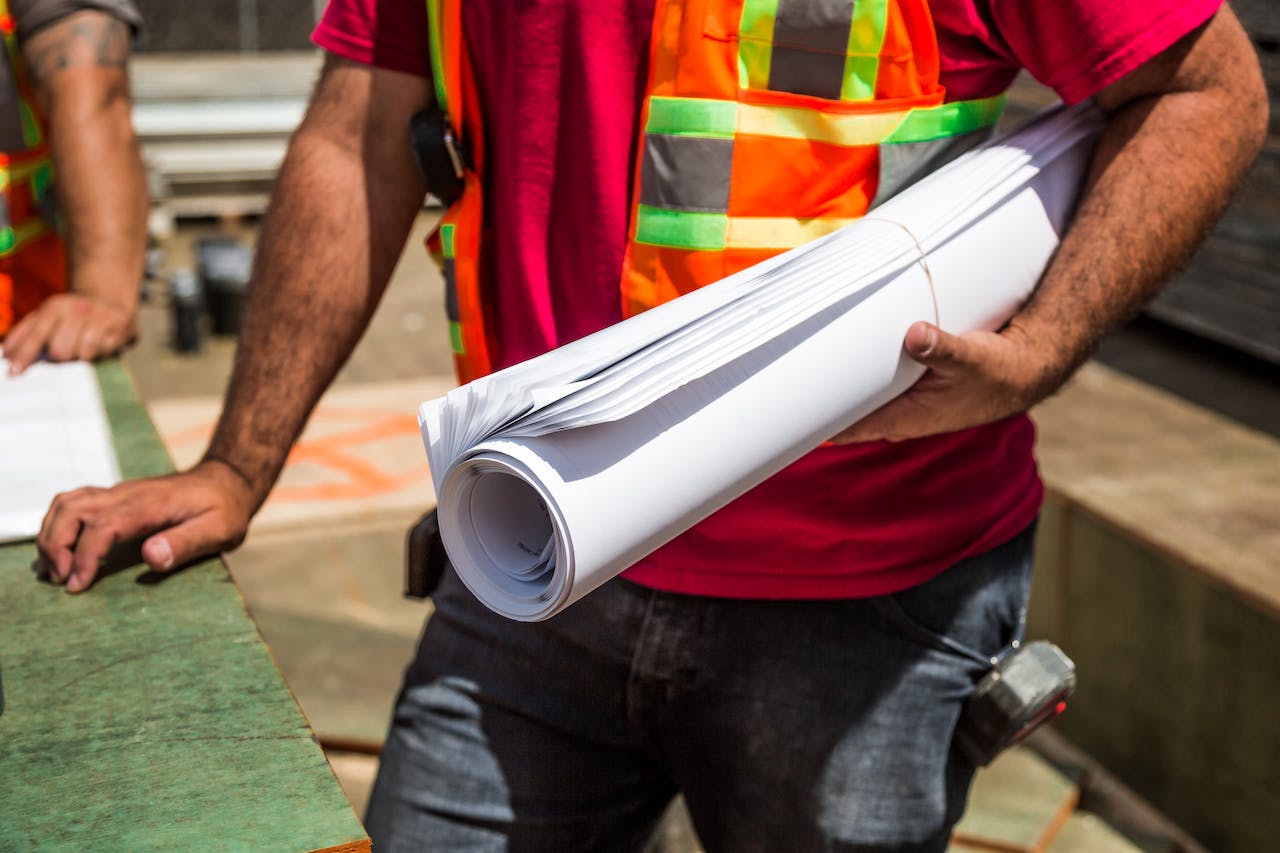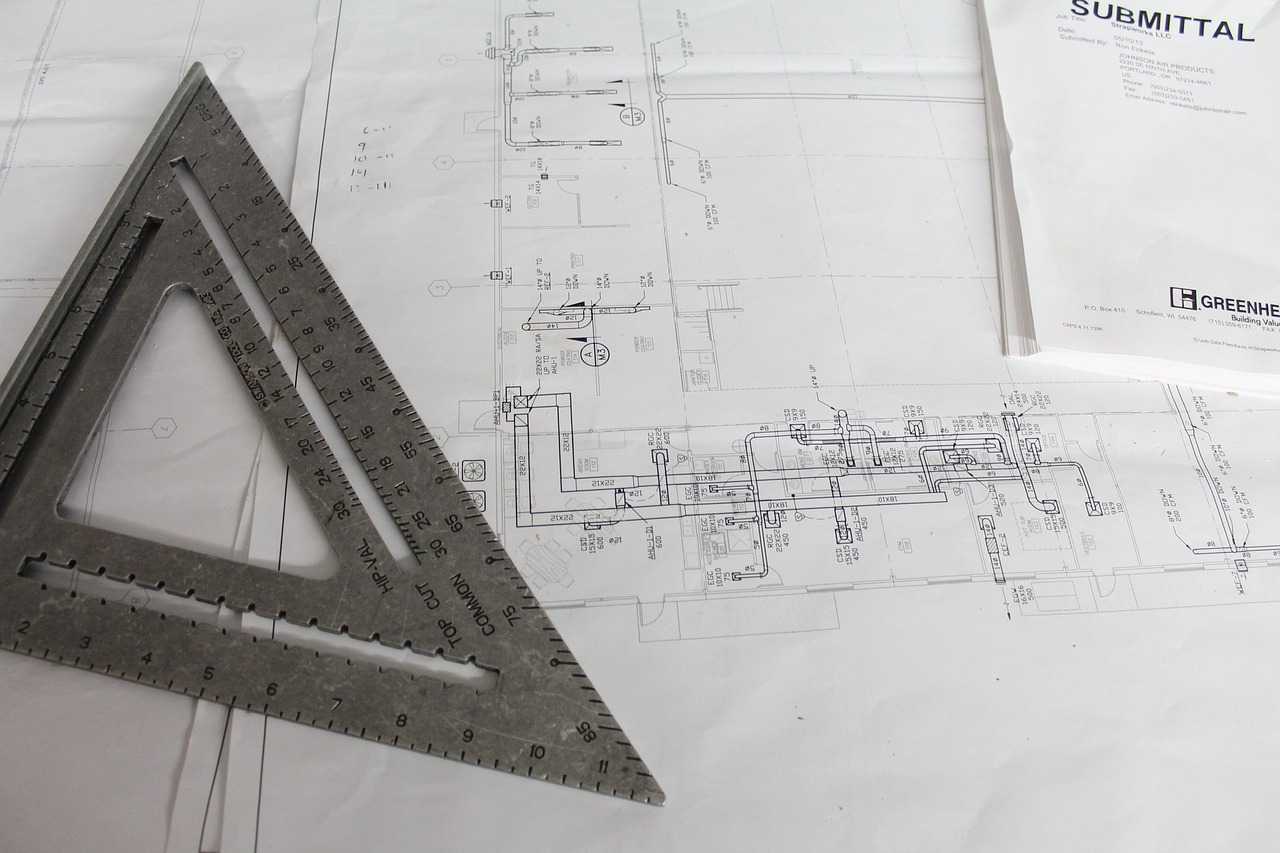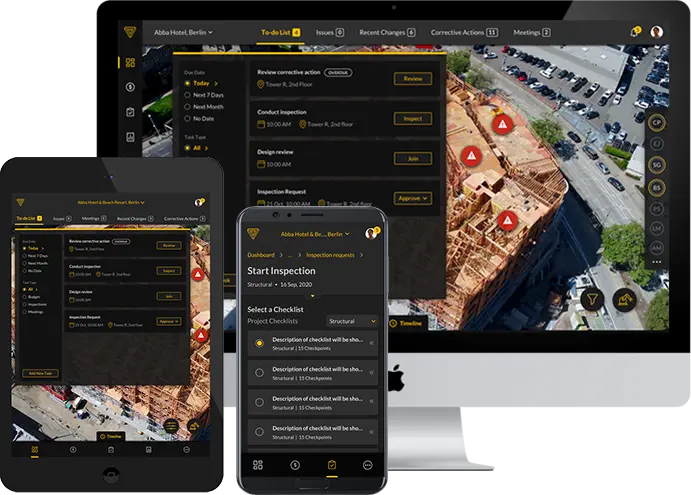Explore the game-changing impact of digital technology on Requests for Information (RFIs) in the construction industry. How are these tools reshaping communication, efficiency, and project management in groundbreaking ways?
What Exactly Is an RFI in Construction?
RFI stands for “Request for Information” in the construction industry. Questions and clarifications regarding project details, plans, or specifications can be directed towards project stakeholders, such as contractors or subcontractors, through a formal process.
RFIs are essential for guaranteeing that all parties have the correct information and can be helpful in avoiding mistakes and delays in construction projects
The Crucial Role of RFIs in Construction
Requests for Information, or RFIs, are the unsung heroes of construction; they ensure effective communication and minimise expensive errors. Here’s why RGIs are important to the project’s success :
- Requests for Information, or RFIs, are the foundation of communication in construction projects.
- They guarantee clarity and understanding among project participants.
- RFIs seek explanations and answers to queries about specifications, materials, and plans.
- The gap between design and execution is filled in by these documents.
- RFIs help builders avoid costly errors and mistakes.
- They make it easier for engineers, contractors, architects, and subcontractors to work together.
- RFIs are necessary to ensure that projects are executed with correctness and precision.
- They are essential to ensuring the successful completion of projects and the highest quality of construction.
Let’s take a look at the process of using RFIs in the field of construction,
RFIs in Construction: The process
To use RFIs effectively, one must understand how they operate. These steps are typically included in the process :
- Initiation: When a project stakeholder, like the contractor, determines that further information or clarification is needed, an RFI is initiated.
- Documentation: The request for information (RFI) is formalised and includes particular project details.
- Submission: The responsible party (such as an architect or engineer) receives the RFI.
- Review: After reviewing the RFI, the recipient evaluates its implications and collects the relevant data.
- Response: A formal response that addresses the RFI’s queries and delivers clarifications is ready.
- Distribution: The relevant parties involved receive a copy of the response.
- Tracking: The RFI and response are tracked to ensure timely resolution.
- Closure: Once resolved, the RFI is formally closed, and the project moves forward with the most recent data.
RFIs enhance accuracy of project information, allow straightforward communication, and prevent errors. There are different types of RFIs that are used for specific queries, knowing which type of RFI to use is of utmost importance for maximum efficiency.
Types of Construction RFIs: A Simple Guide
Let’s take a look at the different types of RFIs that are used in the field of construction. The types are primarily based on the query. Here are some types :
- When you want to ask questions to better understand project plans and specifications – General RFIs
- When the queries are focused on designs – Design RFIs
- When the inquiry is about construction materials – Material RFIs
- Address requested changes to project scope or design – Change Order RFIs
- For budget-related questions – Cost RFIs
- When the stakeholders seek clarification on submitted documents – Submittal RFIs
To ensure that projects are completed successfully, it is crucial to understand the types and the RFI process. These contracts act as road maps through the complex world of construction, making sure that every aspect is taken into consideration and that all inquiries are addressed.
Accepting RFIs is a step toward excellence in construction, accuracy, and efficiency.
Top Tips for a Smooth Construction RFI Process
Clarity is King: Ensure your RFI requests are clear, concise, and well-documented.
- Timely Action: Submit RFIs promptly to avoid delays.
- Centralised Tracking: Use a tracking system for RFI status monitoring.
- Open Communication: Foster transparent communication among stakeholders.
- Prioritise Urgent RFIs: Focus on resolving critical issues first.
- Consistent Format: Maintain a uniform RFI format for clarity.
- Document Responses: Keep records of RFI responses for reference.
- Regular Updates: Keep everyone informed with status updates.
- Team Training: Train your team for efficient RFI handling.
- Learn and Improve: Use RFI insights to enhance project documentation and prevent future issues.
How do we know when to use RFP, RFT, RFQ, and RFI?
In the construction industry, acronyms like RFP, RFT, RFQ, and RFI are essential and have different functions.
- When either of the parties involved requires more information on the project that is being worked on an RFI will be used as it rightly stands for Request for Information.
- Requests for Proposals, or RFPs, are used to request project proposals from possible vendors.
- To request pricing quotes, use an RFQ (Request for Quotation).
- Competitive bidding usually uses RFTs (Requests for Tenders).
For efficient communication and decision-making during construction projects, it is essential to comprehend these distinctions in order to make sure that the right paperwork is used at the appropriate times.
RFI Automation: Boosting Efficiency and Minimising Delays
When it comes to construction project management, RFI automation is a game-changer since it reduces delays and greatly increases efficiency. Through the use of digital technology, the RFI process—which was before tedious and manual—is perfectly streamlined.
How does automation make this process easier ?
Automated solutions facilitate
- Quick submission of requests
- Effective document routing and timely responses
- Accurate handling of inquiries
This reduces the amount of paperwork required and works as a powerful buffer against delays that might cause construction work to stall. Construction teams may make well-informed decisions more quickly in the age of RFI Automation, which propels projects to completion with amazing speed and efficiency.
Real-Time RFIs: A Necessity in Modern Construction Management
Real-time Requests for Information (RFIs) are becoming an absolute requirement in construction management. These digital tools have developed into an essential requirement for ensuring the efficient and seamless development of construction projects.
Regardless of where project stakeholders are physically located, real-time request for proposals (RFI) allows for instantaneous communication and collaboration. They remove the limitations of time zones and office hours, enabling teams to quickly respond to important queries and issues.
In today’s fast-paced and interconnected construction sector, these solutions avoid misconceptions, promote real-time interactions and quick decision-making, and help create more agile and successful construction management.




